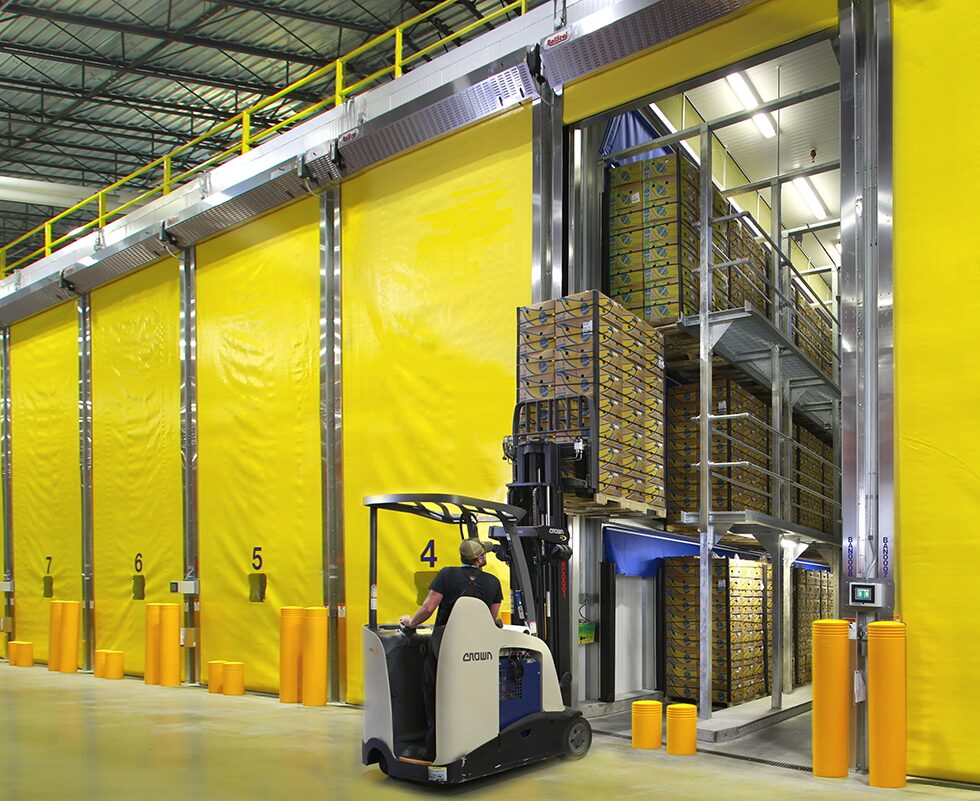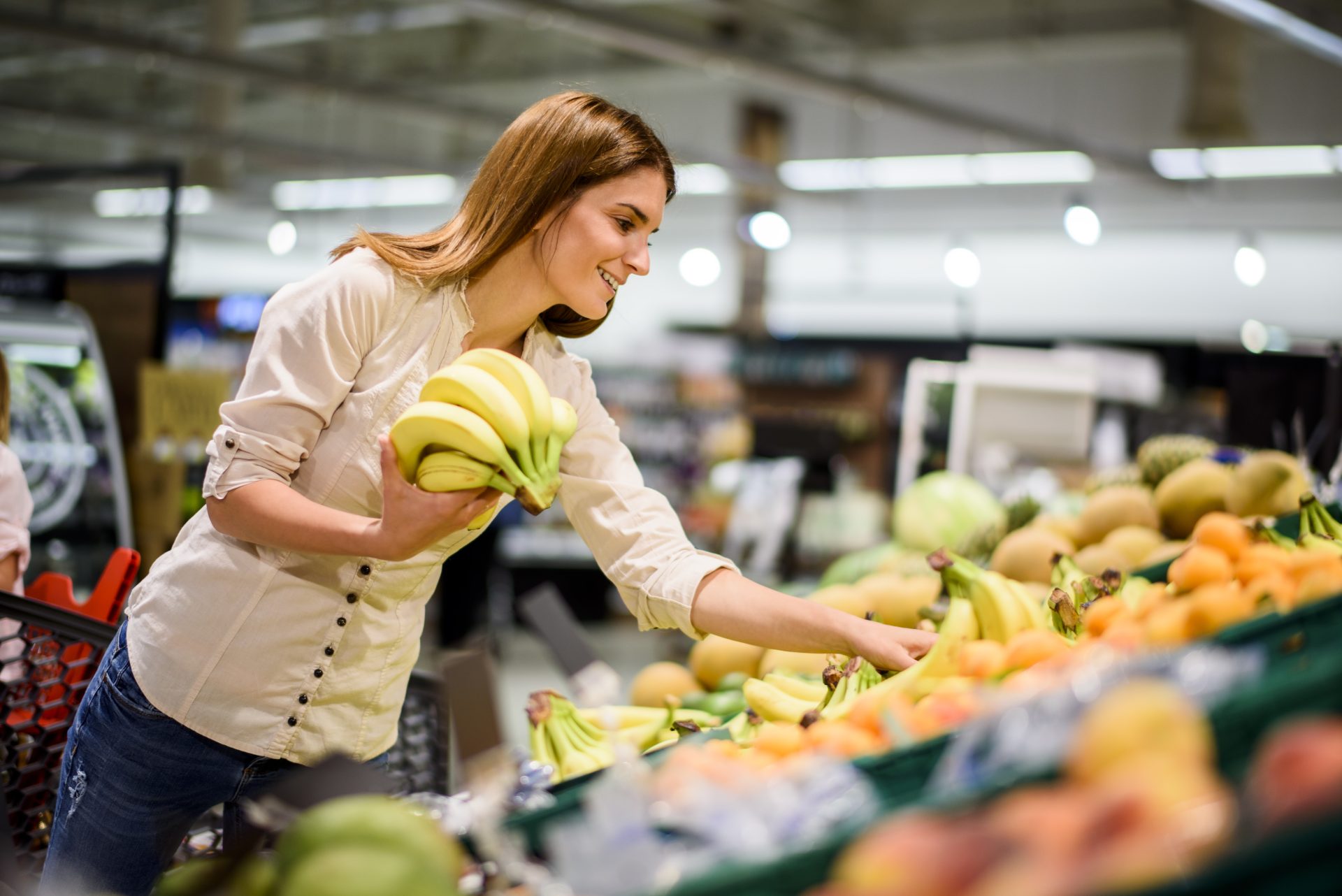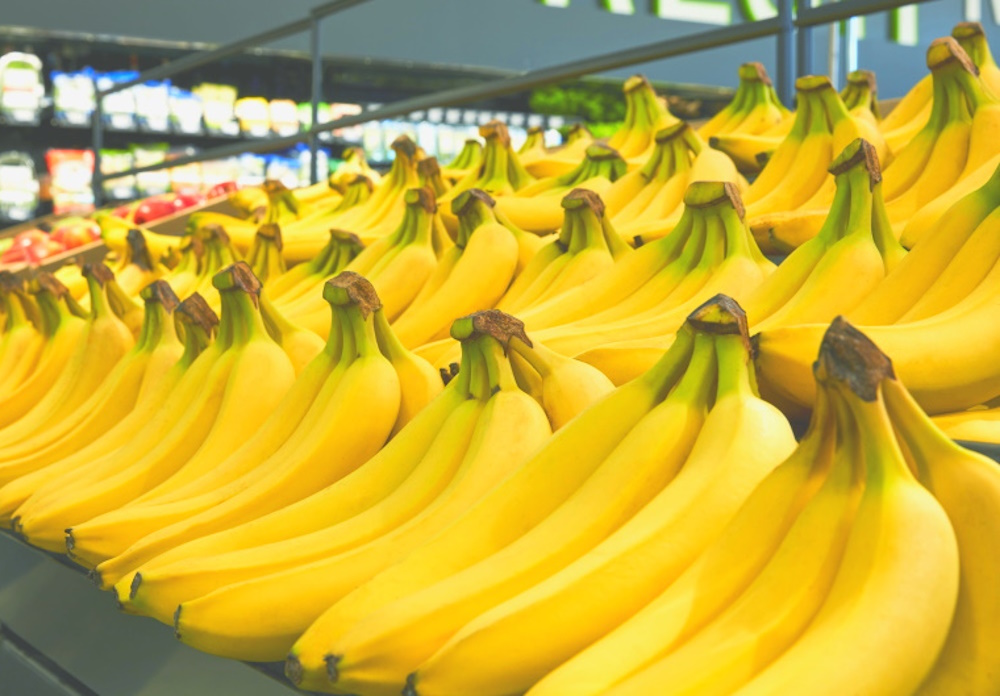Sponsored content

If flat sales in the produce department are dragging down your bottom line, don’t worry, says Gary Campisi, former senior director of quality control for produce, floral, meat and seafood at Walmart and Sam’s Club. Small changes are often all you need to get sales growing again. As one of the industry’s foremost experts on retail produce and perishables, Gary says jumpstarting produce sales can be summed up in one simple word: bananas! We asked Gary to explain.

As go Banana Sales, so go Produce Department Sales
“Look, bananas are the most important, popular and profitable item in the entire produce department, if not the entire store. In a well-run produce department, bananas usually account for 10 percent or more of total sales. That’s a huge number! And given the fact that consumers, aka: your customers, have an expectation of high quality, good-looking, ripe bananas at the retail level whether they’re shopping in-store or online; like it or not – as go banana sales, so go your produce department sales. It’s that simple.
Let’s be honest, when it comes to bananas, we all share the same quality expectations, even those of us in the industry. When we walk into a store or have groceries delivered and discover the bananas are not up to the standard we expect, it’s disappointing – and annoying frankly! Study after study has shown that it creates a negative impression of the entire produce department and negatively impacts sales. Perhaps most dangerous of all, it’s one of the primary reason consumers decide to shop elsewhere.”
Nothing says more about a Produce Department
“That’s why one of the first things I like to do when I work with a retailer is to drop by a store or two and see how their bananas and other fruit are being displayed. Because to me, nothing says more about a produce department’s commitment to quality and whether they’re doing everything they can to maximize sales than the banana display.
I check to see if the banana display is easily visible from anywhere in the produce department, especially from the main entry points. Equally important is making sure the bananas look good, are stacked properly and offer the customer the proper choice of color. I know it sounds like a no-brainer, but all too often I see great care (and expense) taken with banana quality from stem to store only to see it neglected over the last 60 feet from the backroom to the display.”
Case in point
A major North American retailer I work with recently installed new ripening rooms from Thermal Technologies. I’d spent a week training their distribution center (DC) staff on how to get the best results from their rooms. Now that they were delivering fruit, they wanted me to come back and assess things at the store level to make sure they were getting the full benefit of the rooms and maximizing their ROI. As soon as I entered the first store location, I immediately noticed three small issues with the banana display that could be having a big impact on sales.
Color is King
Although banana quality was excellent and they were all uniformly ripened, the color on display was greener than what’s preferred by most consumers. While this may sound like a small detail, studies have shown that there’s a big difference in sales when it comes to color, something I learned firsthand during my 25+ years at Walmart.
Knowing my client can control banana color with absolute precision with their new Thermal Tech rooms, I worked with them to improve their results by shifting from a 4-day to a 5/6-day ripening cycle at the DC. This enabled them to deliver the perfect color for display with the added benefit of a longer shelf life, which also allows more flexibility in shipping. The banana display looks amazing, which makes the entire produce department look better.

Stack Attack
Next was the fact that the banana display was stacked 3 deep in clusters. Studies (as well as experience) have shown that a well-ordered single-layer display of bananas sells much better than bananas stacked in multiple layers. Occasionally store personnel have pushed back that filling the table once per day saves labor. But the reality is if a single layered table holds approximately 10-15 cases of bananas and daily sales are 20 to 30 cases, then the table needs to be re-stocked once per day after initial stocking either way.
Additionally, overstocking the table with double or triple stacking causes damage to the bananas and reduces shelf-life resulting in increased shrink and lost sales while the difference in labor is negligible. We reduced the display down to a single layer, then discussed ways to implement changes to the re-stocking process so the display would be kept full throughout the day. Now, instead of overfilling the display once a day, they keep it full throughout the day by restocking the bananas as needed in concert with the other produce. It’s working beautifully.
Less is More
Finally, nearly all banana inventory was being kept out front around the banana display. Not only in open boxes on the lower shelf, but also stacked on the floor around the banana display itself. This gave the display a confused, overstocked appearance while restricting access to bananas on the display, especially for customers with disabilities.
I worked with them on better forecasting to keep the banana inventory tighter so there would be less backstock and therefore no need to stack boxes around the display. This was made even easier by switching to the longer ripening cycle at the DC, which provided greater flexibility in shipping. Now the bananas look better and last longer, the display is easily accessible and it looks great!

Simple Changes, BIG Results
These three simple changes – going to a longer ripening cycle for improved color, displaying the bananas in a single layer and tightening up inventory control resulted in a near doubling of banana sales at that location in just a few weeks with a noticeable increase in traffic throughout the entire department and a notable reduction in banana shrink.
Every produce department is different, obviously. But the key point here is that small changes very often can lead to big results when it comes to produce sales. As the old saying goes: “Retail is Detail” and nowhere is that more important than with your bananas, especially when it comes to the last 60 feet of the supply chain.
[RELATED: The Future Of Retail Ripening]
The Easy Hard Part
The easy hard part, as I like to say, is identifying what those small changes are and making sure you get buy-in from everyone involved so that any changes made to improve banana and/or produce department sales are implemented with full backing of entire department. That means making sure everyone understands why the changes are being made and making them active participants in the results.
In the case of my client, the results of those relatively small and easy changes were so positive that it inspired the entire produce department! They made sure the new procedures were followed and even provided some useful input of their own based on the results. Produce sales went up, the produce team was reinvigorated, and my client is enjoying even faster ROI on their Thermal Tech ripening rooms. That’s a win, win, win in my book!
Gary Campisi can be reached at [email protected].



I’d agree, I think the banana display at the store is something I personally look at and judge the produce by. It’s very much a physiological thing with us.